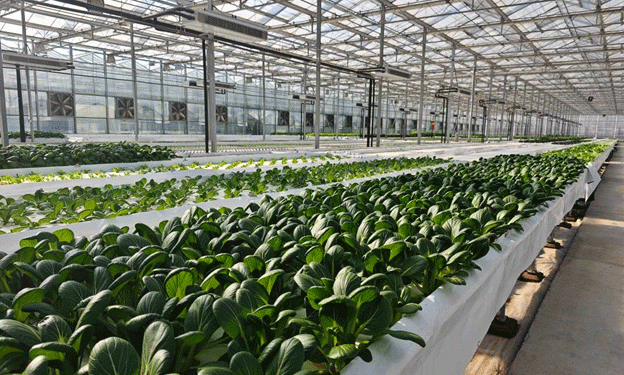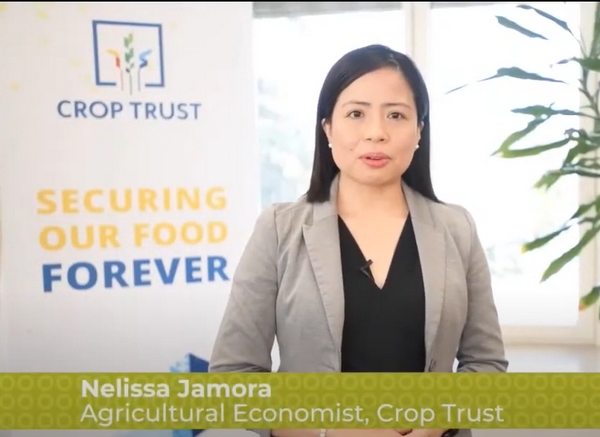In Laiwu District, Jinan City, Shandong Province, innovative smart agriculture practices are enabling the seamless distribution of fruits and vegetables across China’s regions. By integrating advanced technologies such as hydroponics and IoT-based environmental monitoring, local enterprises are overcoming climatic challenges, ensuring year-round supply, and expanding market reach.
Hydroponic Advancements Enhance Vegetable Production
Shandong Ailü Jitai Agricultural Technology Co., Ltd. has pioneered the use of hydroponic systems to cultivate leafy greens like bok choy, lettuce, and endive. Recently, twelve of their hydroponically grown products received the “Bay Area Certification,” facilitating access to markets in the Guangdong-Hong Kong-Macao Greater Bay Area. This certification has led to a surge in demand from prominent southern supermarkets. According to company representative Dong Lixin, the adoption of automated hydroponic greenhouse technology has not only shortened growth cycles but also increased yields, enabling consistent supply to both northern and southern markets. Notably, their intelligent water purification system recycles water and nutrients, reducing water usage to one-tenth of that in traditional greenhouses.
IoT-Driven Cultivation of Southern Fruits in Northern Regions
At the Jinan Kebai Smart Agriculture Industrial Park in Yangzhuang Town, a variety of typically southern fruits—including wax apples, lemons, and papayas—are thriving. This success is attributed to the implementation of IoT technologies, with sensors monitoring environmental parameters such as air temperature, humidity, CO₂ levels, soil pH, and leaf moisture. These real-time data inputs inform precise adjustments to cultivation conditions, effectively allowing crops to “communicate” their needs. Agronomist Cao Yaopeng highlights that the ample sunlight and significant diurnal temperature variation in northern regions enhance nutrient accumulation and sweetness in fruits. By employing automated climate control technologies, the park can stagger harvest times, offering off-season produce that appeals to consumers.
Economic Impact and Future Prospects
The integration of smart agriculture has significantly bolstered Laiwu’s agricultural output. Yangzhuang Town alone hosts 12 leading agricultural enterprises, collectively generating an annual export value of approximately 2 billion yuan. The district plans to further advance digital agriculture by constructing an additional 1,000 hectares of high-standard farmland and increasing the comprehensive mechanization rate of agricultural production to 92.5%. Liu Qing, Deputy Director of the Laiwu District Agriculture and Rural Bureau, emphasizes that the continued fusion of digital technology with agriculture will drive high-quality, efficient farming, create livable and business-friendly rural areas, and contribute to the prosperity of local farmers.
Laiwu District’s embrace of smart agriculture exemplifies how technological innovation can transcend geographical and climatic barriers in agriculture. By adopting hydroponic systems and IoT-based environmental controls, the region not only ensures a stable and diverse food supply but also opens new economic avenues for farmers, setting a benchmark for modern agricultural practices.












